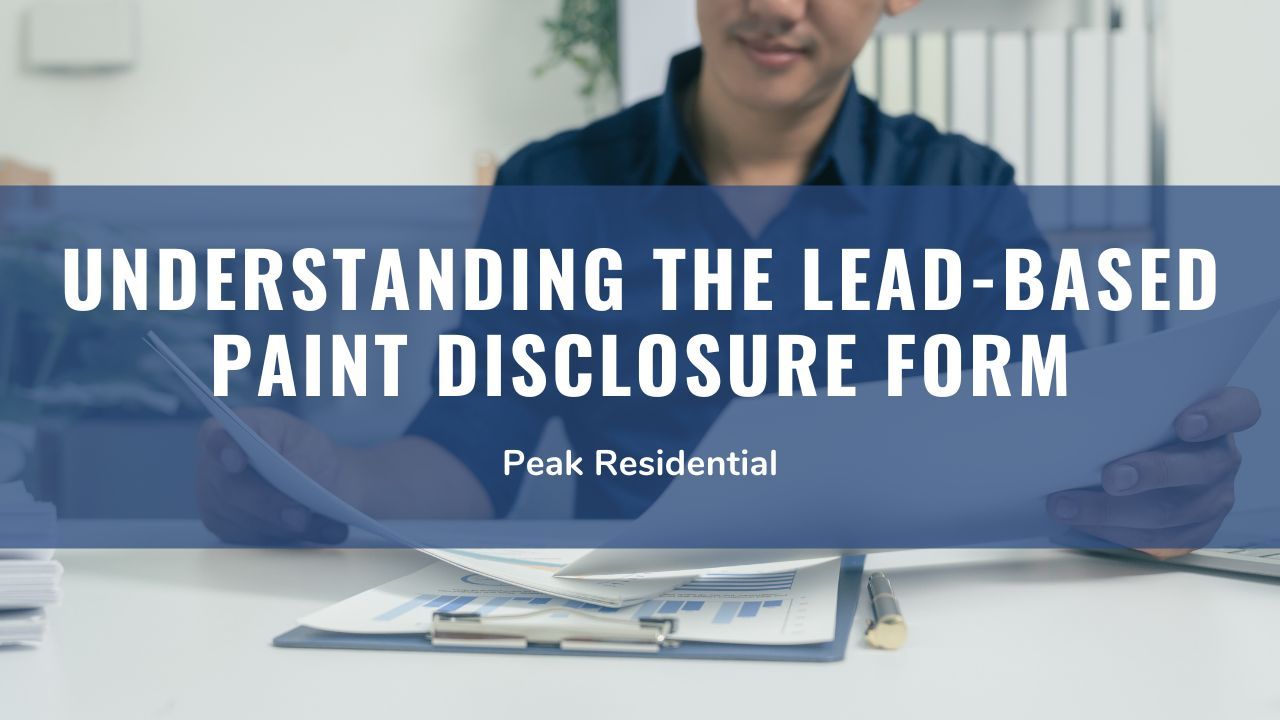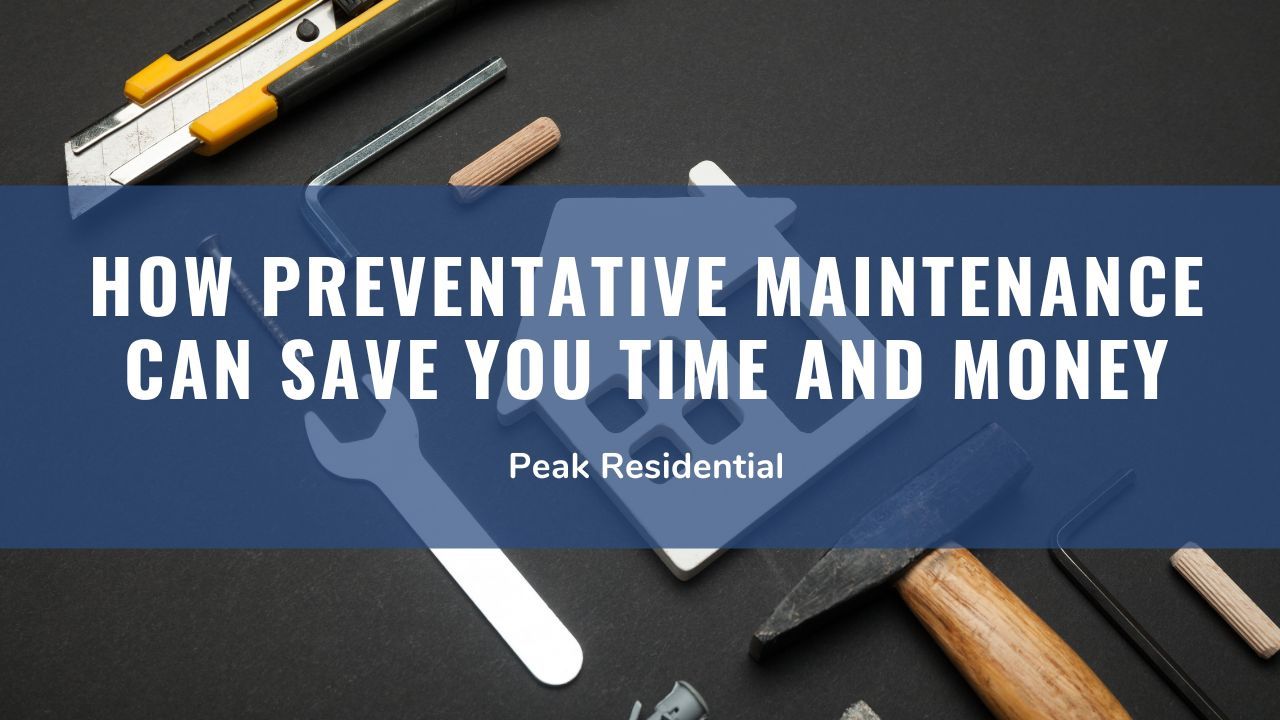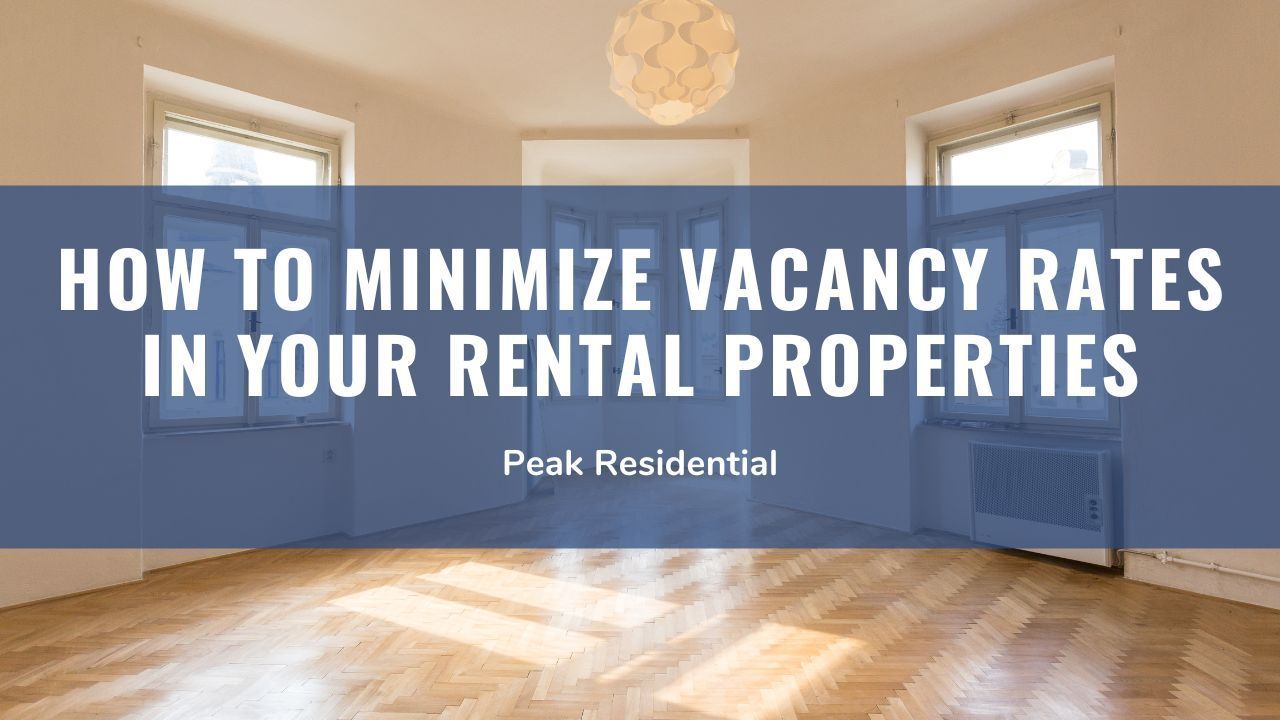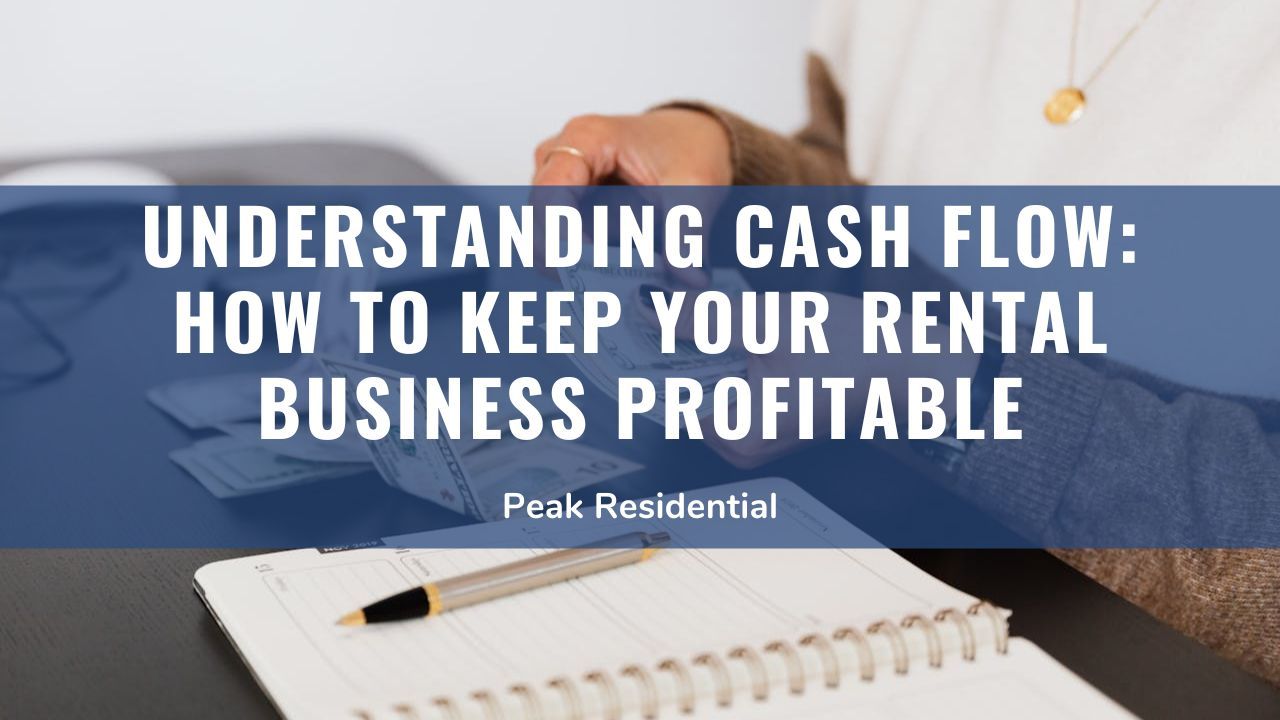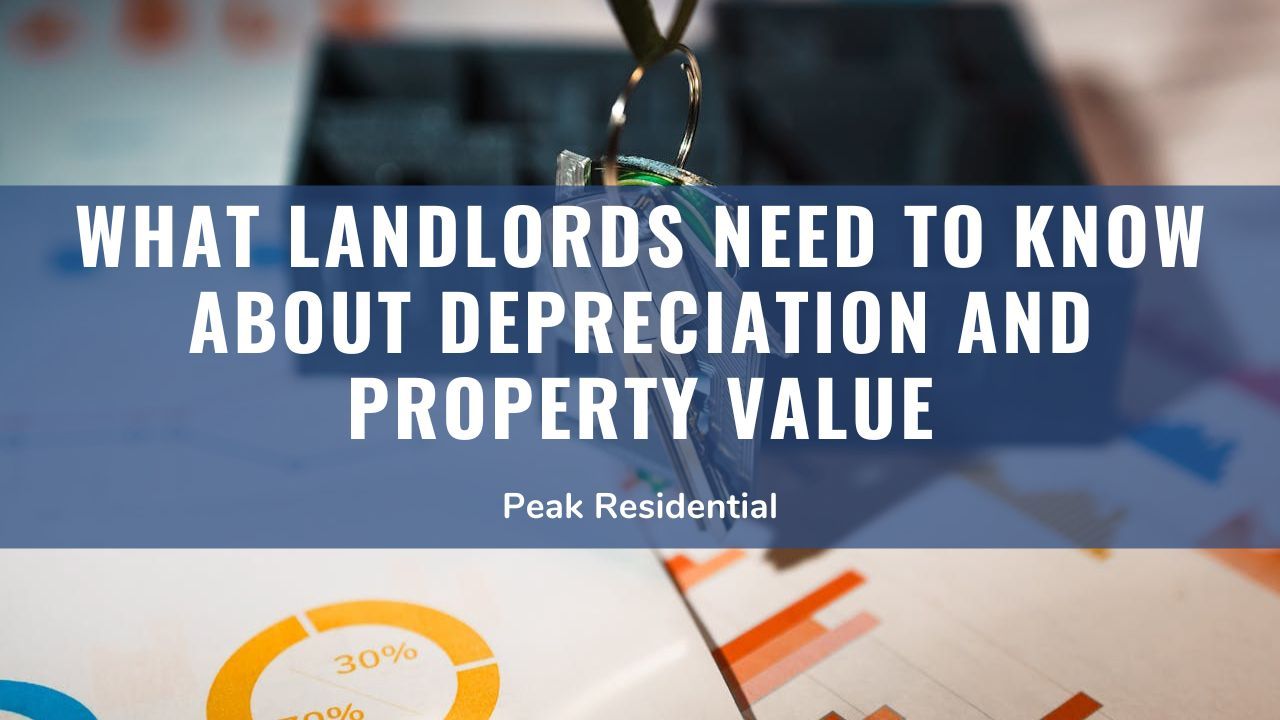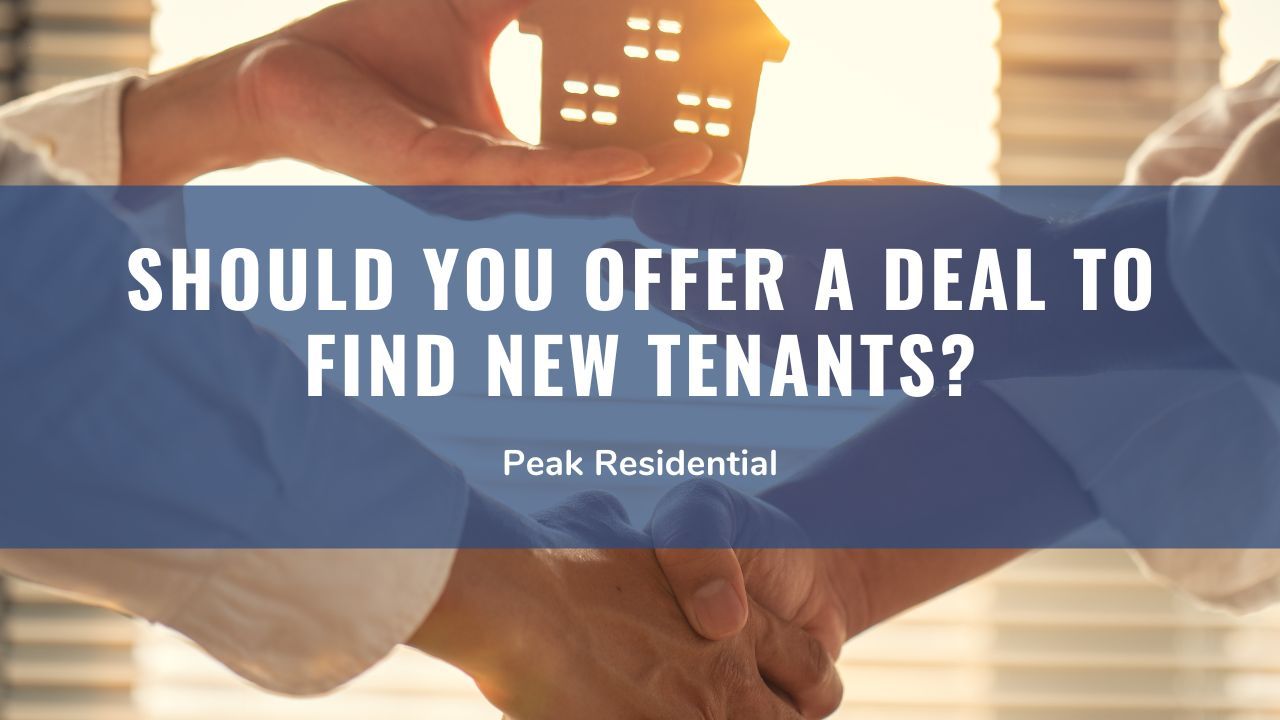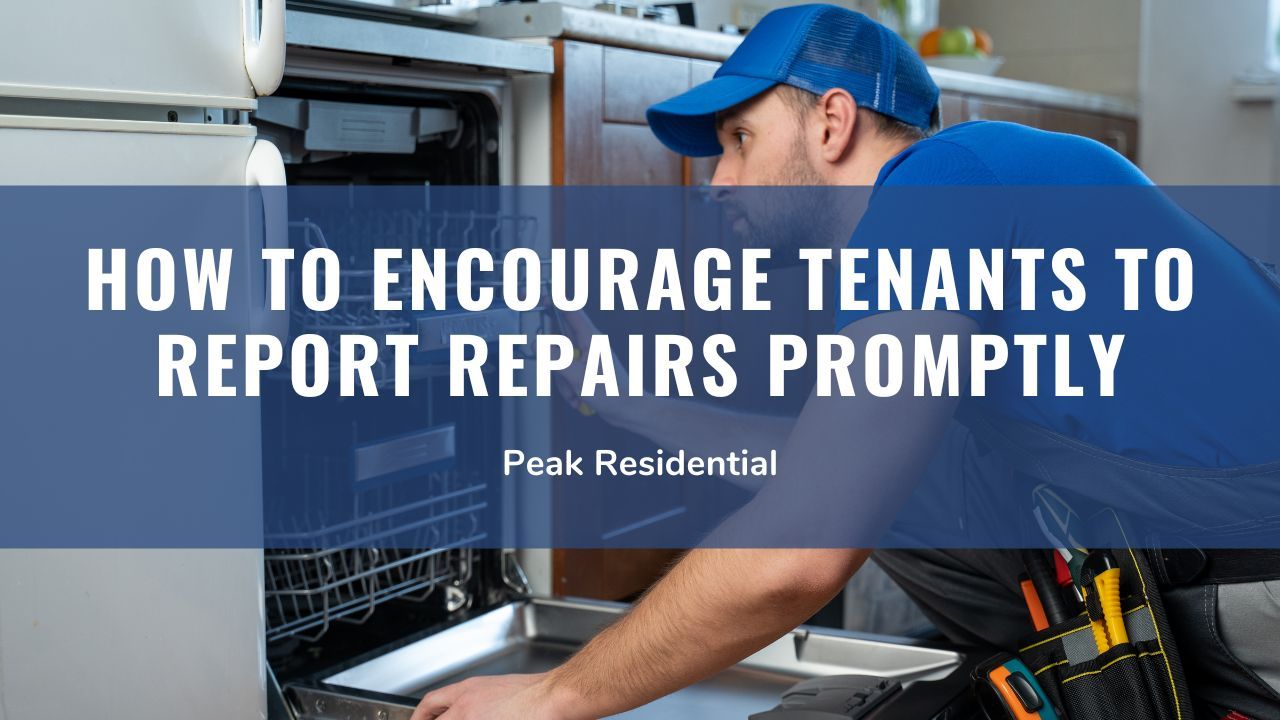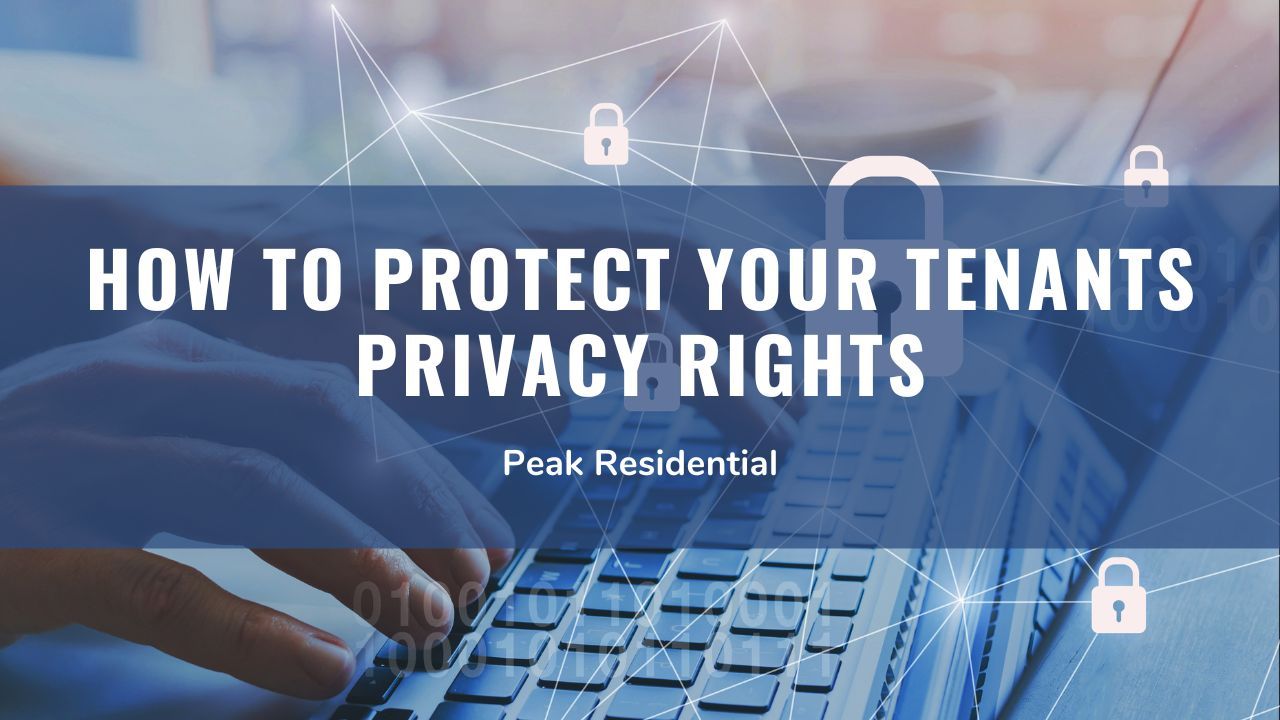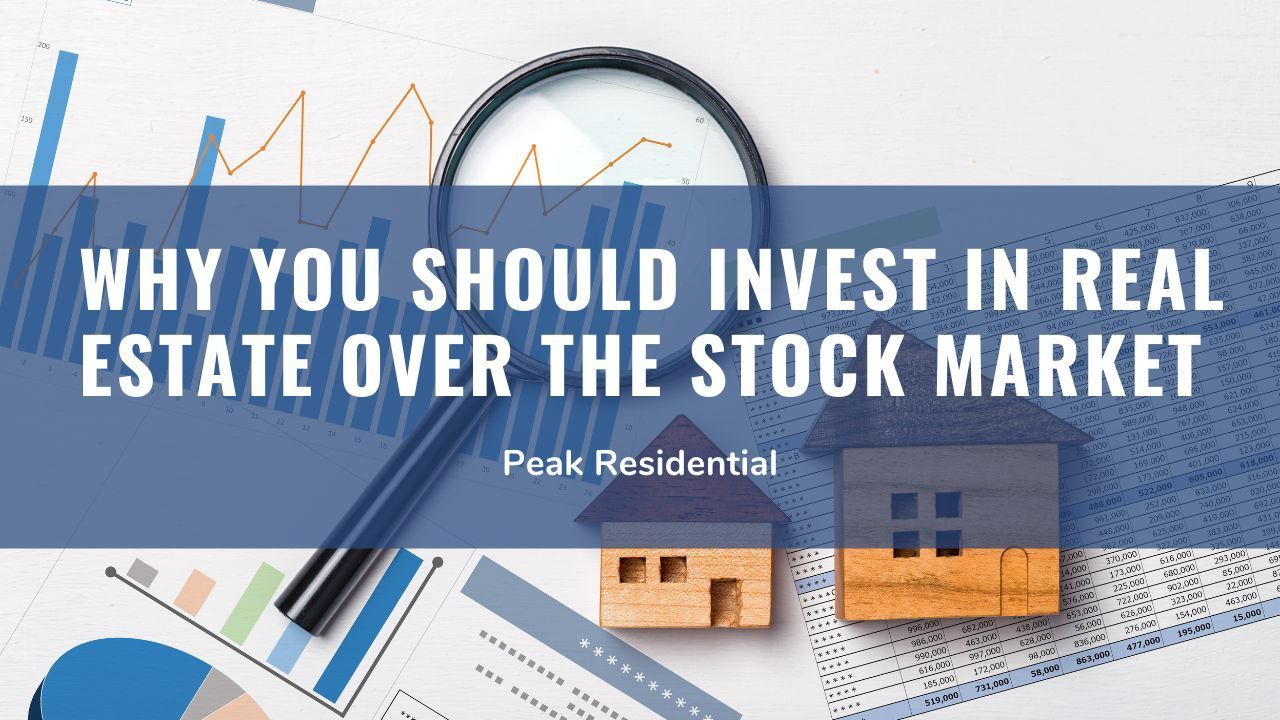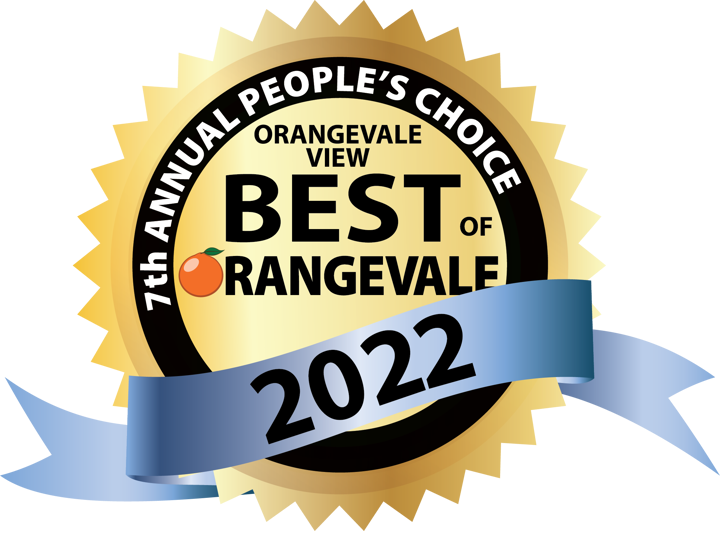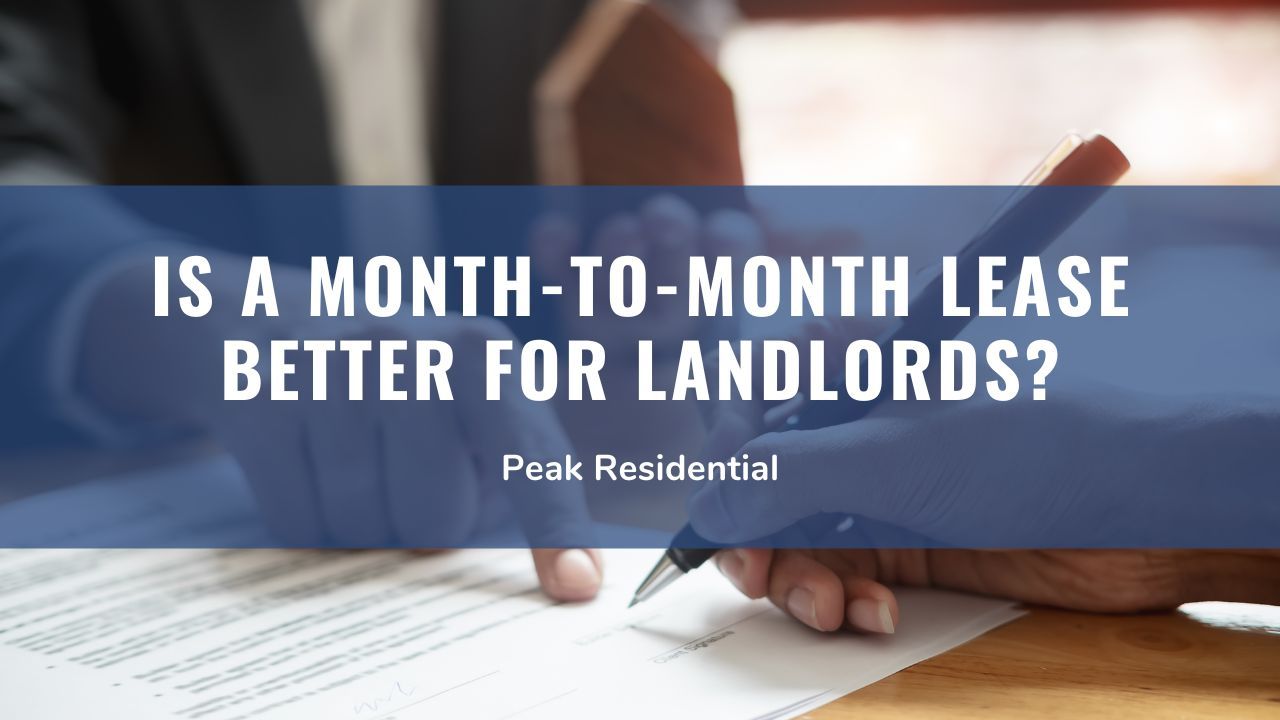
Ever wondered if a month-to-month lease could be the golden ticket to maximising your rental property potential? Many landlords grapple with this question as they seek the best ways to manage their properties. In this article, we at Peak Residential Inc. are going to delve into the benefits and drawbacks of a month-to-month lease.
What Exactly is Month-to-Month Lease?
A month-to-month lease is a type of residential agreement where the lease continues indefinitely until either the landlord or tenant terminates it. This agreement typically requires a 30-day notice before termination. Otherwise it auto-renews each month, giving both the tenant and the landlord a degree of freedom not typically found in a traditional yearly lease.
Advantages of Month-to-Month Lease
Opting for a month-to-month lease as a landlord offers several advantages that may be beneficial for your rental property business, including:
Flexibility and Adaptability
The month-to-month lease is a flexible option. This can be especially useful if you’re considering selling the property, renovating, or if you simply want to keep your options open. The short-term nature of these leases gives you the freedom to make decisions without waiting for a longer lease to expire.

Higher Rental Income Potential
Tenants often value the flexibility a month-to-month lease provides, and are usually willing to pay a premium for it. Therefore, landlords have the potential to earn higher rental income compared to long-term leases, boosting profitability and the ability to maximize your ROI.
Faster Possession
Evicting a tenant can be a long, drawn-out process with a yearly lease. With a month-to-month lease, however, you can give a 30-day notice to end the tenancy. This allows for faster turnover if necessary, saving time and reducing financial losses.
Screening Opportunities
With shorter leases, you have more chances to evaluate your tenants. If a tenant proves to be consistently late with payments, causes damage, or creates other issues, you don’t have to wait for a year-long lease to expire or go through a lengthy eviction process. This can lead to better quality tenants over time, thus maintaining your property’s value and ensuring a smoother management experience.
Disadvantages of Month to Month Lease
While month-to-month leases offer flexibility, there are a few disadvantages for landlords to consider, like:
Less Stability
With a month-to-month lease, tenants have the ability to move out with a short notice, typically 30 days. This might leave you with a vacant property unexpectedly, and the rental income becomes less predictable.

Rental Rate Uncertainty
While the freedom to adjust rental rates to current market trends or make upgrades to property can be an advantage, the flip side is the lack of predictability in your rental income. Budgeting and long-term financial planning may become more difficult.
Higher Tenant Turnover
While the flexibility of a month-to-month lease can attract a wide range of tenants, it can also result in more frequent turnover. The process of finding and screening new tenants can be time-consuming and costly. Higher turnover can also result in more wear and tear on your property, leading to potential increased maintenance costs.
Keep This in Mind
When dealing with month-to-month lease, make sure to keep following things in mind:
- Remain proactive in marketing your property and screening potential tenants to minimize vacancy periods.
- Be sure to understand local laws and regulations surrounding month-to-month leases, including rules about eviction, notice periods, and rent increases.
- Conduct regular inspections to stay on top of any maintenance issues and keep the property in good condition.
- Ensure you have a financial buffer to cover potential vacancies.
- Stay updated with the local rental market. The flexibility of month-to-month leases means you can adjust rent as needed, so keeping informed can ensure you’re charging a fair and competitive price.
How Is a Month-to-Month Lease Different from a Lease Renewal?
A month-to-month lease and a lease renewal are different in their terms and flexibility.

Month-To-Month
Unbounded by a set end date, a month-to-month lease is like a contract that seamlessly renews itself each month. This cycle continues until either the landlord or the tenant decides to break it, typically through a formal 30-day notice. This style of lease provides flexibility for all involved. But remember, with great flexibility comes the potential for a shifting landscape, as it could pave the way for more frequent tenant turnovers, adding a degree of instability to the mix.
Lease Renewal
A lease renewal is when a fixed-term lease ends and the tenant and landlord agree to extend the lease for another predetermined period. The terms and conditions of the renewed lease are typically similar to the original lease but can be renegotiated. This type of lease provides more stability for both parties, as it provides the tenant with a place to stay and the landlord of a consistent rental income for the lease period.
Do I Have to Sign a Month-to-Month Lease?
While the specifics can vary depending on your local laws and regulations, generally, a month-to-month lease agreement should be signed by both the landlord and tenant, just like a longer-term lease. Even though the lease renews automatically every month, the initial agreement is crucial in setting out the terms of the lease, including rent amount, due dates, and responsibilities for maintenance and repairs.
Bottom Line
Deciding whether a month-to-month lease is better for landlords requires careful consideration of various factors. While it offers flexibility, landlords should weigh the potential challenges such as less stability and rental rate uncertainty. If the complexities of managing month-to-month leases feel overwhelming, hiring a professional property management company like Peak Residential Inc. can provide peace of mind. Contact us today to learn about our services!
